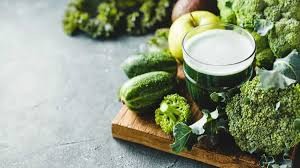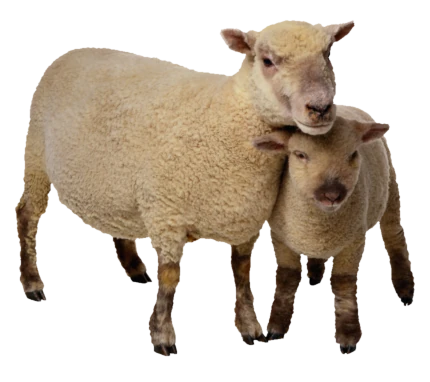Calcium is an essential mineral that plays a crucial role in maintaining strong bones and teeth, nerve function, muscle contraction, and blood clotting. While dairy products are a well-known source of calcium, there are several non-dairy alternatives that can provide sufficient amounts of this vital nutrient.
So, you’re thinking about going vegan? Now, you might have heard some people say, “But wait, if you go vegan, you’ll miss out on essential nutrients!” Going vegan doesn’t mean you have to sacrifice your health. In fact, when done right, a well-planned vegan diet can provide all the essential nutrients your body needs to function at its best. It’s all about embracing a rainbow of plant-based options and knowing which superfoods to invite to your plate.
Plants are protein powerhouses too! Foods like tofu, tempeh, lentils, chickpeas, quinoa, and black beans are just a few examples of the amazing plant-based proteins that will have your muscles singing with joy. And let’s address the big, white, calcium-shaped elephant in the room. You might think that without dairy, your bones will weaken and crumble like ancient ruins. But not to worry! Calcium is abundant in various plant-based sources. Load up on leafy greens like kale and broccoli, enjoy a glass of fortified plant-based milk, and sprinkle some sesame seeds on your salads. Your bones will thank you for this calcium fiesta!
In this journey toward a vibrant vegan lifestyle, it’s essential to approach your meals with a sense of adventure and an open mind. Try new recipes, explore different cuisines, and experiment with a variety of whole, plant-based foods. The key is diversity and balance – you’ve got a whole world of delicious and nutritious options waiting for you!
So know that being vegan doesn’t mean missing out on essential nutrients. Here are 8 sources of vegan calcium to get you started:
Leafy Greens:
Leafy greens like kale, spinach, collard greens, and bok choy are excellent sources of calcium. They also contain vitamin K, which is essential for bone health, as it helps regulate calcium deposition in bones.
Chaula:
Amaranth leaves are a popular green vegetable in Indian cuisine and a great source of calcium. You can cook them like any other leafy green, sautéed with garlic and spices, or add them to soups and stews.
Mustard Greens (Sarson Ka Saag):
Mustard greens are widely used in Indian cooking, especially in the northern regions. These leafy greens are rich in calcium and can be cooked as a side dish or in combination with other vegetables.
Chana:
Chickpeas are a staple in Indian cuisine and a good source of calcium. They can be used to make dishes like chana masala, hummus, or added to salads for a healthy and flavorful meal.
Drumstick:
Moringa leaves and pods are commonly used in Indian dishes and are known for their high nutritional content, including calcium. They are often added to soups, sambar, and curries to enhance the flavor and nutritional value of the dish.
Tofu:
Tofu, made from soybeans, is not only a versatile and protein-rich food but also an excellent source of calcium. It is often used in various cuisines and can be easily incorporated into a wide range of dishes.
Nuts and Seeds:
Almonds, sesame seeds, chia seeds, and flaxseeds are all high in calcium. Including these in your diet can contribute to your daily calcium intake.
Beans and Lentils:
Beans and lentils, such as black beans, chickpeas, and lentils, are not only a good source of plant-based protein but also provide a decent amount of calcium. >>MORE
Source: Slurrp

